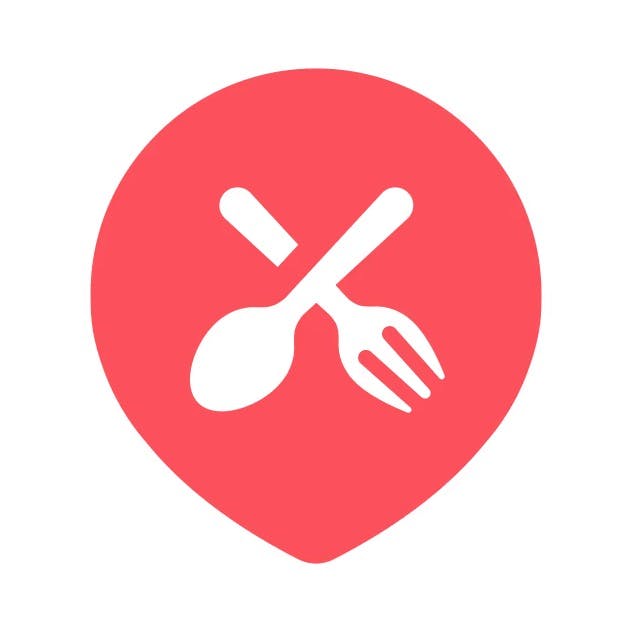- Valuation Model
- Expert Interviews
- Founders, funding
What is the impact of marketplaces offering delivery as a utility to vertical SaaS players and who is winning in logistics?

Chris Webb
Co-founder & CEO at ChowNow
Yeah, I actually think this is probably the most predictable and potentially profitable piece of their business. And let me explain why.
If you think about DoorDash or any of the delivery apps as a three-sided marketplace with drivers as one side, diners or consumers on the other side and then restaurants making that third side of the marketplace, there is a cost with acquiring all three components and driving demand through them. At a company like ChowNow, we bring two of the three: we bring diners, who are obviously ordering food, and we bring restaurants.
That dramatically lowers the cost for someone like DoorDash where all they have to supply in the equation are the drivers to pick up the food and drop it off. If they can forecast the cost of bringing on a driver and say, "Okay, for us to deliver a package one mile, it costs us at DoorDash $X," in terms of the cost of acquiring a driver through advertising and then the cost of what they have to pay the driver—and hopefully that is very predictable for them. They can then come to us and (hypothetically) say, "Okay, it costs us $6 to deliver," and they offer delivery to us (ChowNow) at $6.50 or $7.
This way, DoorDash has simultaneously baked in profits while they control both the revenue and the underlying cost.
This business model is all much easier than picking up the cost of acquiring merchants and advertising the merchants, while also picking up the cost of consumers—which is especially expensive.
Overall, I think this kind of offering—what DoorDash calls Drive and Uber calls Direct, which is basically just API access to their courier network—is smart business.
I'm actually surprised it took Uber so long to play catch up, as DoorDash has been at this for a while.
The irony behind it is that Uber was actually the first one to offer this years ago, and then they moved on to other things and focused on UberEats. They sunset it for a while, and then they brought it back once they saw how much success DoorDash Drive was having, and now they're competing in the same sandbox.
I think it makes sense for DoorDash + UberEats. It keeps their drivers busy. It (likely) drives a fair amount of revenue. Volume is a key to their business and this is a way to make volume profitable for them. It's similar to Amazon spinning off AWS or offering up AWS to outside third parties many years ago and how successful that became for Amazon and AWS.
I think it's a pretty massive opportunity and I think the delivery apps have come to realize that there's going to be a lot of commerce that doesn't happen on their apps.
If they can still be part of the equation and deliver the package—in our case, food—and still make money off of it, it’s probably a much larger opportunity.
ChowNow is an online ordering and food delivery platform for restaurants.
